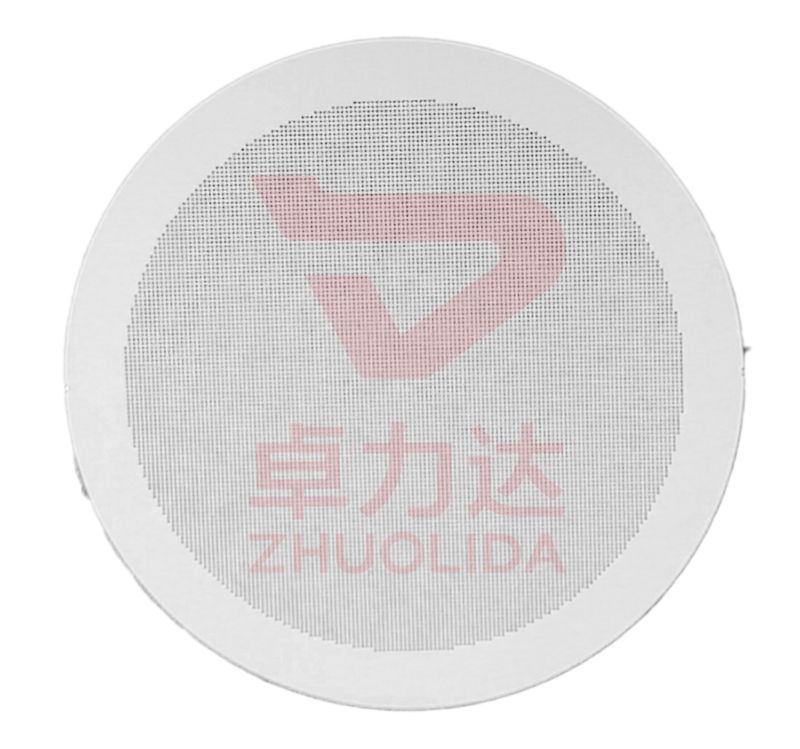
Metal insect screen is a metal mesh used to keep insects out. It is usually made of corrosion-resistant metal materials, such as stainless steel or aluminum alloy. In order to manufacture this kind of insect screen, it needs to be etched and processed, the following is the basic process of etching and processing of metal insect screen:
1. Material preparation: firstly, you need to prepare the right amount of metal materials, usually using stainless steel or aluminum alloy plates. These plates need to be cut, polished and other pretreatment, so that the surface is smooth, no burrs and deformation.
2. Design drawings: according to the specifications and requirements of metal insect screen etching, design the corresponding drawings. Including grid size, shape, thickness and other parameters.
3. Computer numerical control cutting: input the designed drawings into the computer numerical control cutting machine, and use the high-precision high-speed cutting tool to cut the metal sheet into the required shape and size.
4. Edge treatment: For the cut metal sheet, edge treatment is needed to remove burrs and uneven parts. This can be done by using a grinder or polisher.
5. etching process: The metal surface is etched using chemical reagents or mechanical means to form the desired mesh shape and size. For different materials of metal materials, it is necessary to choose the appropriate etching agent and processing parameters.
6. Cleaning and degreasing: After the metal insect screen etching process is completed, the metal surface needs to be cleaned and degreased to remove residual chemicals and grease. This can be done by using cleaning agents and ultrasonic cleaning equipment.
7. Quality Inspection: Quality inspection of the finished metal insect screen, including grid size, flatness, strength and other aspects of the test. If there are defects or problems, rework or re-processing is required.
8. Packaging and Transportation: The quality tested metal insect screens need to be packaged and transported to protect the product from damage during transportation. Usually use protective film, cardboard boxes and other materials for packaging, and ensure that the product remains dry and clean during transportation.
In short, the etching process of metal insect screens requires a number of steps to complete. From the preparation of materials to the final packaging and transportation, each step requires strict quality control and operational specifications to ensure that the quality and performance of the final product meets the requirements.
Contact: andy_Lai
Phone: 18938693450
E-mail: yw9@zldsmt.com
Add: Building A3, Huafa Industrial Park, Fuyong Town, Fuyuan Road, Fuyong Town, Baoan District, Shenzhen,China